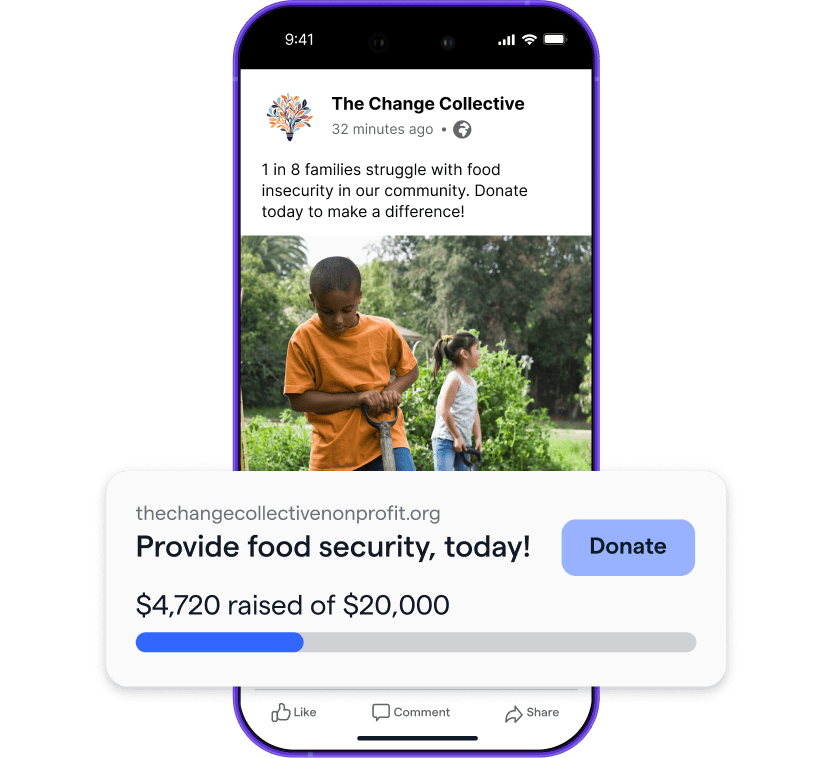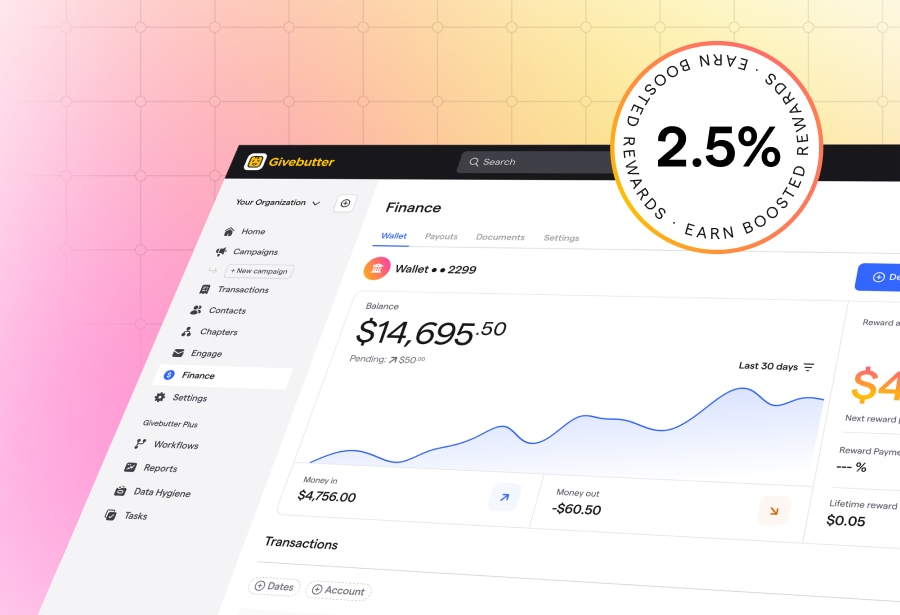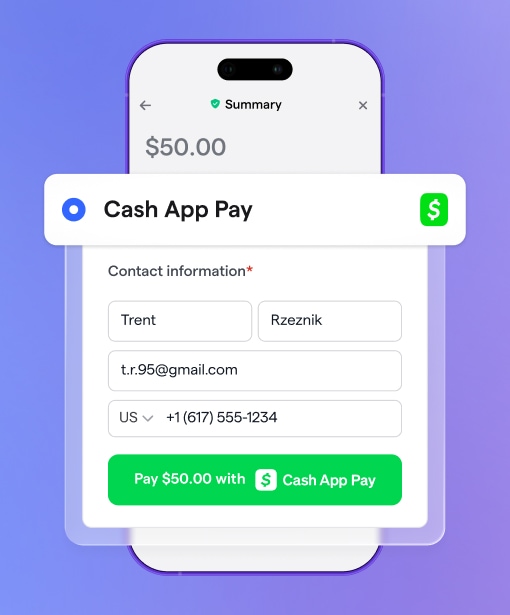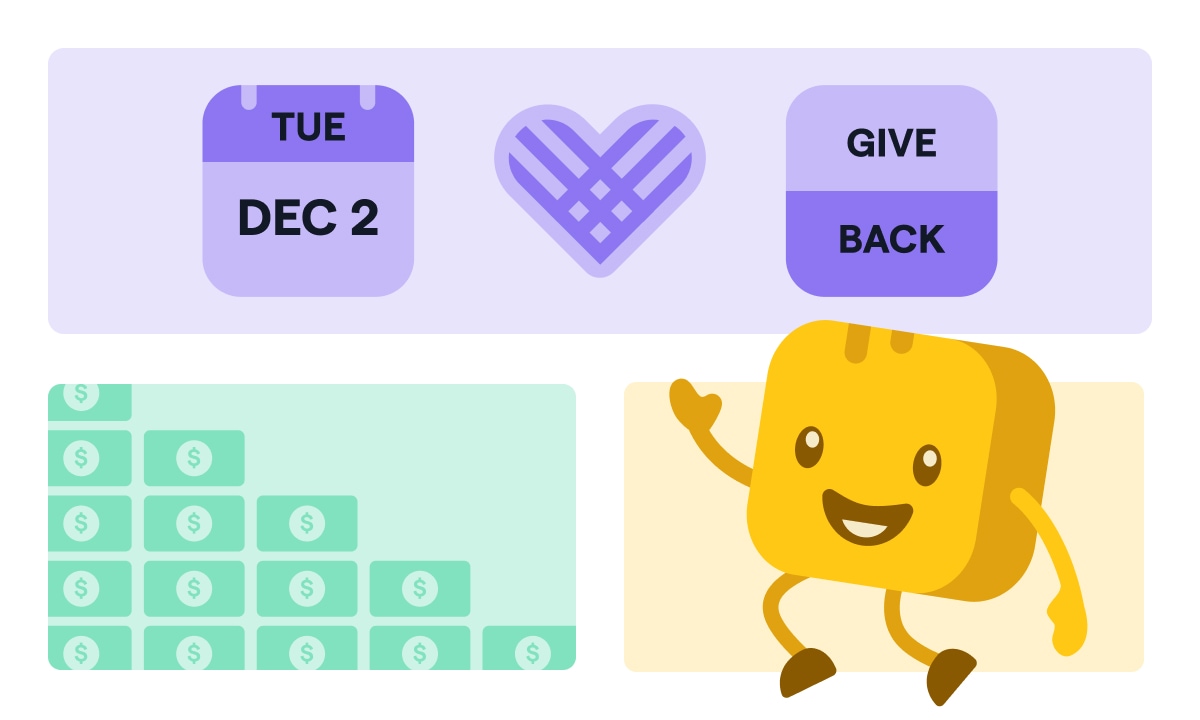Table of contents
Table of contents
Social media gives nonprofits an incredible way to share stories, rally supporters, and grow community, but it also comes with a few potential oops moments. That’s where a social media policy comes in. This simple document helps your team set expectations, define roles, and post with confidence.
Below, we’ll walk through seven key questions every policy should answer, plus real examples and a free template to make it your own.
Key takeaways
- Define your values first to make sure every post reflects your nonprofit’s mission and voice.
- Assign clear roles and responsibilities so your team knows who’s creating, approving, and responding on social media.
- Set respectful boundaries between organizational and personal social media accounts to protect your brand and your people.
- Plan ahead for challenges by outlining how to handle mistakes, negative comments, or crises before they happen.
- Decide when not to post. Sometimes silence (or a pause) is the most responsible response.
- Use our free template to turn these best practices into a custom, ready-to-share social media policy for your nonprofit.
Download your free nonprofit social media policy template
Before you dive into writing your policy, grab your free template. It includes fill-in-the-blank sections, real nonprofit examples, and prompts to guide your team through every step.
1. How will your nonprofit’s values shine through on social media? 💓
Every great social media policy starts with your mission, vision, and values. These aren’t just words on a page—they’re your compass for how your organization shows up online.
While social media is naturally more casual than a newsletter or fundraising appeal, your posts should still sound like you and reflect the heart of your cause.
🤔 Questions to consider:
- Which social media platforms best fit our community and values?
- What tone and personality feel most true to our mission?
- How and when can we use humor to connect with supporters?
When your values guide your voice, your social media strategy becomes more authentic, consistent, and trust-building—no matter where you post.
2. Who is in charge of your social media? 🙋
Behind every strong social presence is a clear, collaborative team. Your social media policy should outline who creates content, who approves it, and how everyone stays aligned so your posts feel consistent and your process runs smoothly.
Documenting these roles upfront keeps things organized and helps your team move faster when posting, responding, or troubleshooting.
🤔 Questions to consider:
- Who’s responsible for creating and moderating posts?
- What’s our review or approval process before publishing?
- Where and how do we securely store passwords and account access?
When everyone knows their role, your nonprofit can show up online confidently, consistently, and creatively.
3. How can your team represent your mission online? 👀
Your staff, board members, and volunteers are some of your best ambassadors online.
A thoughtful section in your nonprofit social media policy helps everyone share your message confidently while keeping boundaries clear between personal and professional accounts. Focus on encouragement first—help your team understand how to amplify your cause responsibly and respectfully.
🤔 Questions to consider:
- How can we encourage staff and volunteers to share our campaigns on personal accounts?
- What topics or language don’t align with our organization’s values?
- How can we protect sensitive information or privacy online?
💡 Pro tip: Keep this section collaborative, not restrictive. Review it with legal counsel to ensure it supports free expression and protects your nonprofit’s reputation.
4. How will your nonprofit collaborate and connect online? 👋
Social media is all about community, including your partners, funders, and fellow changemakers.
Use this section of your social media policy to outline how your nonprofit engages with other organizations, shares content, and celebrates collective impact while staying compliant with your mission and tax-exempt guidelines.
🤔 Questions to consider:
- How can we build partnerships and share wins with other organizations online?
- What permissions do we need before reposting photos, logos, or branded content?
- How should staff respond to media or partnership inquiries on social platforms?
When your approach to collaboration is clear, your nonprofit can grow relationships, expand its reach, and model transparency across every post and partnership.
5. How will your team handle feedback and foster healthy conversations? 💬
Engagement is a good thing—it means people are paying attention! But not every comment will be glowing, and that’s okay. A thoughtful section in your nonprofit social media policy helps your team navigate feedback with empathy and consistency, turning tough moments into opportunities for dialogue and trust-building.
🤔 Questions to consider:
- How should we respond to constructive criticism or questions online?
- When is it appropriate to hide, delete, or report comments that cross a line?
- How can we take sensitive or repeated feedback offline respectfully?
When your team leads with transparency and kindness, even negative comments can strengthen your community and show your nonprofit’s values in action.
6. How will your team respond and recover from mistakes? 😅
Even the most thoughtful organizations make the occasional social media post slip-up—and that’s perfectly normal. The key is having a plan that helps your team respond quickly, communicate transparently, and learn from the experience.
This section of your nonprofit social media policy should outline what happens next, from small typos to larger missteps, so everyone feels prepared and supported.
🤔 Questions to consider:
- What’s our process for correcting errors or clarifying misunderstandings?
- Who needs to be looped in before we respond or remove a post?
- How should we handle inaccurate or negative press coverage online?
When you lead with honesty and accountability, a mistake becomes more than a fix—it’s a chance to show your organization’s integrity in real time.
7. When is it best to pause before posting? ⏸️
Sometimes, the most thoughtful response is to pause. Your nonprofit social media policy should outline when it’s appropriate to hold off on posting online, especially during sensitive news cycles or events that deserve space and care.
Taking a breath before you post helps your organization stay true to its mission and respond with empathy, not urgency.
🤔 Questions to consider:
- What types of situations call for a posting pause or schedule review?
- How should we decide to comment on social movements outside our core mission?
- How can we communicate thoughtfully if supporters ask about our silence?
A pause doesn’t mean disengagement—it shows mindfulness. By posting on social media purposefully, your nonprofit can lead with compassion and authenticity, even when words are hard to find.
Nonprofit social media policy examples
Most nonprofits don’t publish their full social media policies online—but that doesn’t mean you have to start from scratch.
Here are a few example snippets you can borrow and adapt using our free nonprofit social media policy template.
- Values-based messaging 💓 “Our social media should sound like us—hopeful, human, and mission-driven. Every post should reflect our commitment to helping local families thrive. Humor and heart are encouraged when they bring people closer to our cause.”
- Team roles and approvals 🙋 “The Communications Manager and Development Director manage account access, while at least one teammate reviews posts before anything goes live.”
- Personal vs. organizational accounts 👀 “All team members are welcome to repost campaigns or events from their personal social media profiles, but please leave official responses and statements to authorized spokespeople.”
- Handling negative comments 💬 “Kindness first, always. Constructive feedback gets a thoughtful reply within 48 hours. If a comment is offensive or harms others, we’ll document and remove it.”
- Crisis response ⏸️ “When big moments happen—joyful or heavy—we lead with empathy. If tragedy strikes, we pause our scheduled posts for at least 48 hours and only speak out if it directly connects to our mission or community.”
👉 Use these examples as inspiration, then make them your own with our nonprofit social media policy template—designed to help your team post with confidence, clarity, and compassion.
A social media policy for nonprofits is absolutely necessary
A thoughtful social media policy doesn’t just prevent mistakes—it helps your team show up online with confidence and consistency. By setting clear guidelines rooted in your mission and values, your nonprofit can communicate with authenticity, protect its reputation, and foster stronger connections with your community.
Use our free nonprofit social media policy template to craft a plan that fits your organization’s unique voice, goals, and audience. With your policy in place, you’ll be ready to use social media for what it does best—building relationships, sharing stories, and inspiring generosity.
Givebutter empowers nonprofits to turn that engagement into real impact through a native Meta fundraising integration, one-click social sharing, and a full suite of free, top-rated features that make growing your online reach as smooth as butter.

Boost social giving with Meta fundraising
Sign up for your free account and start sharing your story, growing your reach, and inspiring generosity—one post at a time.
.svg)






%20(1).png)



















